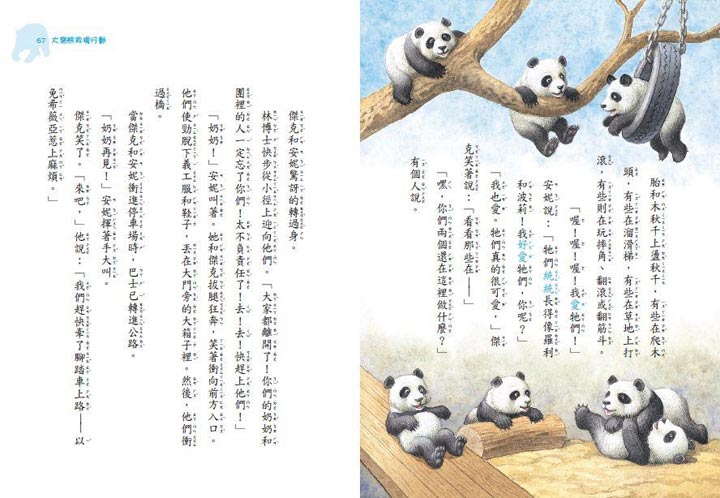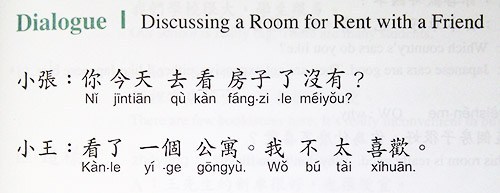Home » Posts tagged 'self-read'
Tag Archives: self-read
Why Learn ZhuYin ㄅㄆㄇㄈ (BoPoMoFo)

(you can also read more here Chineasy Zhuyin vs Pinyin)
One of the main reasons we teach Zhuyin is the large amount of quality children stories is widely available from Taiwan and Hong Kong. These children’s books typically use Traditional characters along with Zhuyin phonetics. By providing kids with interesting reading material, we can keep children interested in learning Chinese in our after school program.
Children want fun stories to read and we want to encourage them to self-read as much as they can.
Magic Treehouse is translated into Chinese


Supporting Children to Read Independently
Compare the following Elephant and Piggie (Mo Willems) stories. For a child that knows zhuyin but may not have learned a vast amount of Chinese characters, they can learn to read the story by themselves. Contrast that to the Simplified Chinese version where unless you have someone helping you with words, it is hard to read independently.
Traditional Chinese with Zhuyin  | Simplified Chinese version  |
Tendency to Scan Pinyin instead of Recognizing Chinese Characters
In addition, as discussed below, a reader has the option to scan and read only pinyin and not look at the Chinese characters. However, zhuyin forces the reader to read across the Chinese characters.
Below is an excerpt from (source)
that discusses the reasons why an English-speaker learning Chinese may be slightly impacted by their ability to read English Pinyin much faster and getting less visual practice with looking at & recognizing Chinese characters.
Apart from providing a new system of pronunciation that enables you to complete remove yourself from any influence of English pronunciation, Zhuyin also has great benefits when reading Chinese. Learners of Chinese will know this all too well – that when you look at a poster or newspaper that has both English and Chinese, your eyes are automatically drawn to the English. Naturally, this problem also occurs when reading Pinyin accompanied Chinese too, and is amplified by the Pinyin being on a separate line than the Chinese. Consider the following text:

When learning Chinese and reading this text, the reader is forced to look away from the Chinese to read the Pinyin, subsequently overlooking the Chinese:

When reading vocabulary or terminology lists, as the Pinyin is even further away from the Chinese, the effect is more pronounced:

Again, resulting in the Chinese being ignored or overlooked unless the read specifically diverts their attention to it:

Zhuyin, on the other hand, is tucked in next to the character, almost becoming part of the character. It is nearly impossible to read the Zhuyin without being exposed to the Chinese character. The result is that when reading Chinese, the reader of Zhuyin receives increased exposure and reinforcement of the Chinese characters, at the same time speeding up retention.

Obviously the main set back up Zhuyin is that the learner must first memorise all of the characters that represent the Zhuyin alphabet. This process usually takes a couple of weeks, but as seen above, the long term benefits far outweigh this temporary setback.
Watch some videos explaining some differences between Zhuyin and Pinyin
